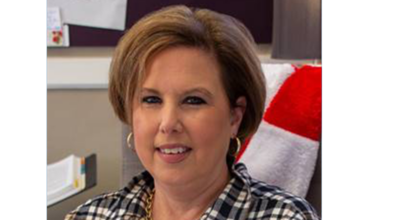Ways to keep our children safe
Published 8:40 pm Tuesday, February 20, 2018
Most of us are old enough to remember when the world stopped for a few hours in April 1999 during the Columbine shooting.
For those of us who were in school at that point, it was surreal. At that point, even the idea of a school shooting was unheard of. For parents, it was equally horrifying.
Children should be safe in school. That simple fact is just as true now as it was 19 years ago. It was true even as shots rang out in Florida last week.
There is a lot of debate over the best ways to ensure that safety. Do we need more programs for kids? Do we need more genuine connections between students and teachers? Is the answer an increased police presence at our schools? Do we need metal detectors?
These are the questions that the school board and local law enforcement have to answer here in Troup County and around the world. This is one time when we as a community cannot afford to be wrong.
So, our question becomes, what can we as a community do to prevent tragedy from knocking on our door? We don’t pretend to have all the answers, but there are a few steps we can all take.
First, if you see that something is wrong, say something and keep saying something. If your student sees something or hears something that makes them uncomfortable, report it to the school immediately. Maybe it will turn out to be nothing, but it could save a life.
Next, we need to ensure that students feel safe talking to each other and school staff. The Troup County School System has put a lot of work into improving relationships and behavior in schools through Positive Behavior Intervention Systems, and times like these remind us why it is important to build relationships between students and teachers that rely on trust and understanding above all.
We also need to ensure that all of our teachers and support staff know how to work with students who face mental health concerns. Local teachers go through regular training on subjects that are essential to their work with students.
Of course children need help outside the classroom as well.
Community members can learn how to help children through training programs like From Darkness to Light. The program helps adults prevent, recognize and react responsibly to signs of abuse in children. The training is strongly encouraged for anyone who works with children regularly. To learn more about the program or sign up, visit www.d2l.org.
Finally, we as a community must reach out to students as well. Students need to feel like they have people both inside and outside the school who they can turn to when they have a problem. One solution to that is to participate in Communities in Schools.
The local Communities in Schools program has worked with schools to provide everything from school supplies to mentors. Local car dealerships donated cars to local schools at the beginning of this school year as an incentive for students to master the same skill of timeliness that they will need when they enter the working world through the program. Local churches have gathered school supplies, backpacks and coats through the program to ensure that every child has what they need in order to succeed at school. Local industries have offered speakers and tours of facilities to provide invaluable experience to students. There are so many ways to help, but you have to take the first step. In order to get involved in the program, email tlewis@cisgeorgia.org.
There is no one size fits all solution to protecting our children, but we can only hope that with a conscious community wide effort, our students will be safer at school in the future.
So, we challenge you to step forward and help in whatever way you can.
Talk to your student. Learn what you can do to assist at local schools. Volunteer at or donate supplies to Communities in Schools.
Our children are too valuable not to step forward and provide a safe environment for years to come.


